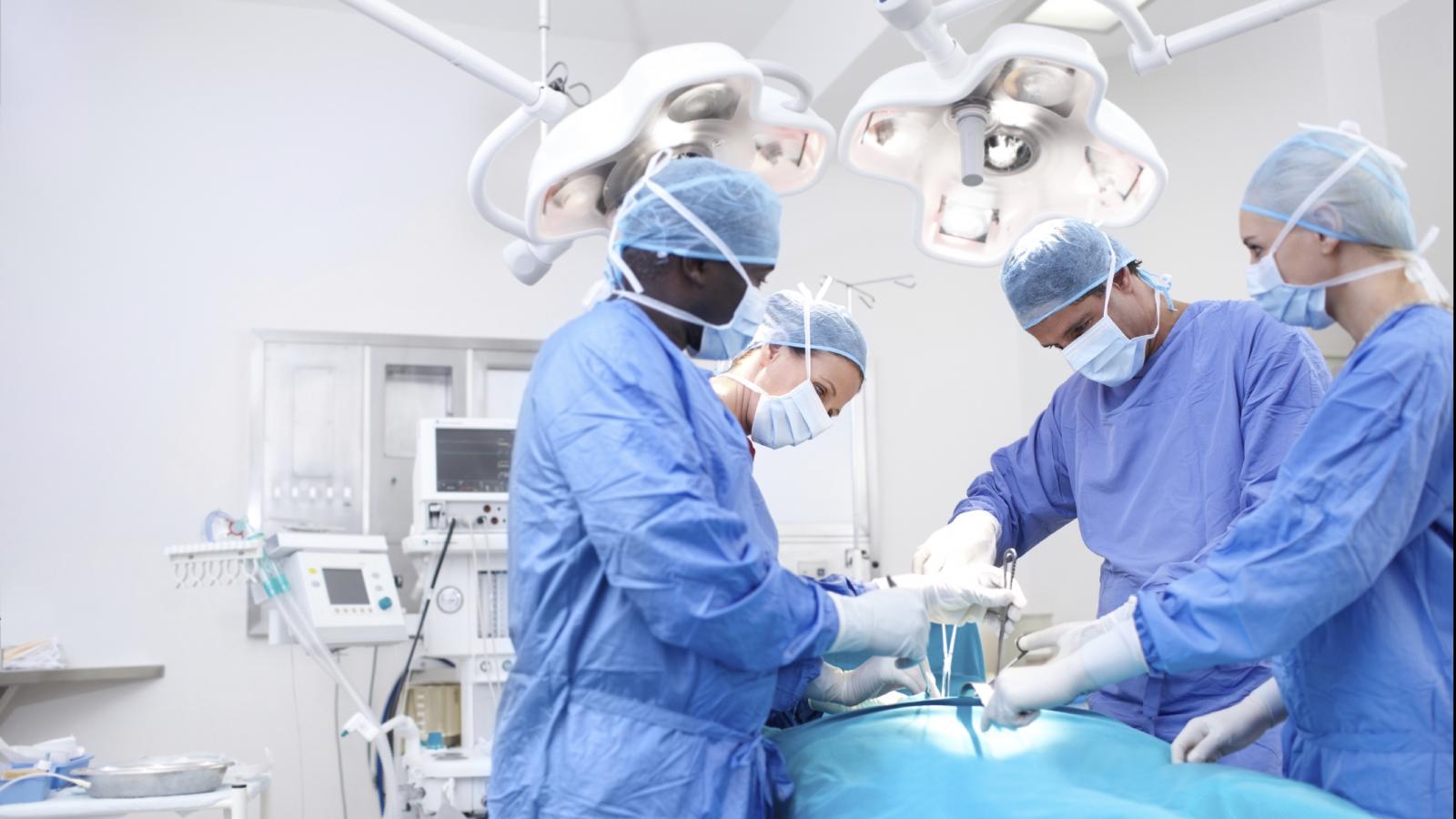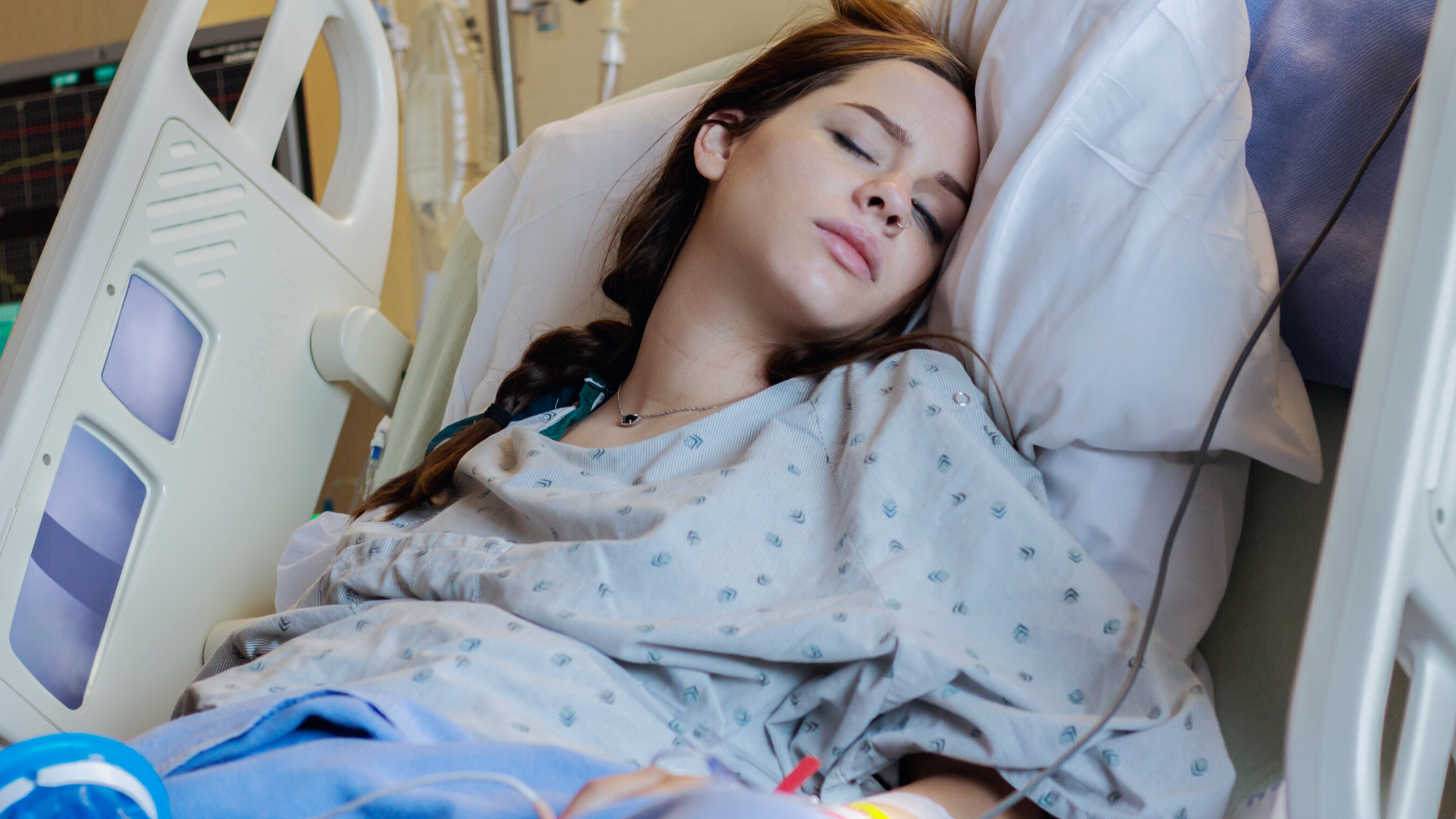Surgery for kidney cancer

On this page:
Surgery is the main treatment for kidney cancer. The aim is to remove the cancer and the tissue close to it. Your surgeon will decide whether you need to have all or part of the kidney removed.
Partial nephrectomy (‘neff-freck-tome-ee’)
The part of the kidney containing the cancer is removed along with some tissue around it. This kind of surgery is performed if the cancer is small and has not spread.
The position of the cancer in the kidney is important in deciding if you are suitable for a partial nephrectomy or not. This operation can be done through keyhole surgery or open surgery.
Radical nephrectomy
Here the whole kidney and surrounding fatty tissue are removed. Sometimes the surgeon may remove the adrenal gland and nearby lymph nodes as well.
The surgery usually involves a cut (incision) being made between your lower ribs on the side where the cancer is found. You can live a completely normal life with just one kidney. You will not need to make changes to your diet or lifestyle.
Surgery methods
There are two main ways of doing surgery for kidney cancer: open surgery and keyhole surgery.
Open surgery
Open surgery is where the surgeon operates through a cut (incision) near your bottom ribs. It is a more invasive procedure than keyhole surgery and recovery is longer. During surgery you may have an epidural tube placed in your back to help relieve pain after the operation.
Keyhole surgery
With keyhole surgery, your surgeon makes a few small cuts in your tummy. Using a flexible tube called a laparoscope and other surgical instruments they can remove your kidney or part of it through these cuts.
Keyhole surgery can be performed in two ways: laparoscopic (which is the use of a laparoscope - a thin, telescopic rod with a camera at the end) or robotic. Robotic surgery is where the surgeon uses a robotic device to help perform minimally invasive surgery. This is the more common type of keyhole surgery.
With keyhole surgery you may have a shorter stay in hospital and recover faster and with less pain compared to open surgery. However, keyhole surgery is not suitable for everyone and can depend on the size and stage of the cancer.
Keyhole surgery is specialised, so you may be referred to a different surgeon for this treatment. You can also ask to be referred to a specialised keyhole surgeon.
Risks of surgery
Not everyone develops problems after surgery for kidney cancer but some do. Some of the possible risks include:
- Bleeding during or after surgery
- Wound/chest infection
- Unwanted air in your chest cavity (pneumothorax)
If any of these complications develop, they can be treated by your surgeon.
Let your medical team know if you feel unwell, notice any bleeding or redness around the wound, have any swelling or develop any other symptoms.
For more information
Phone
1800 200 700



